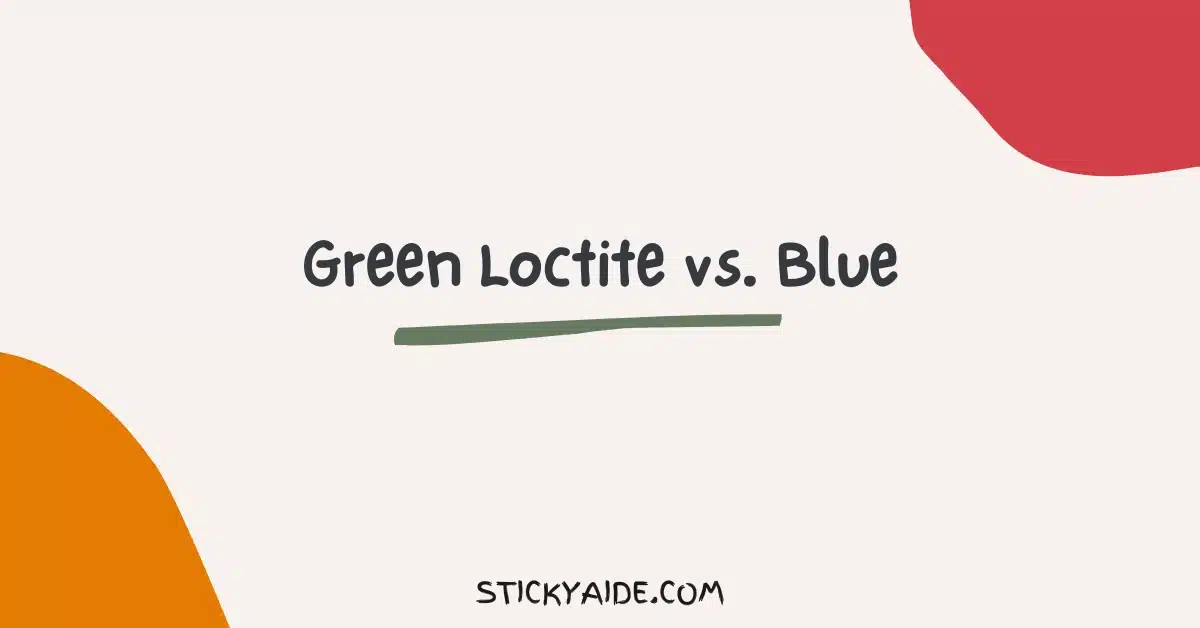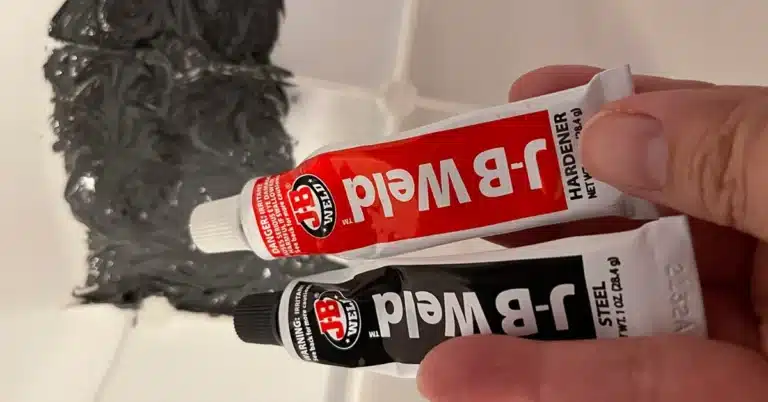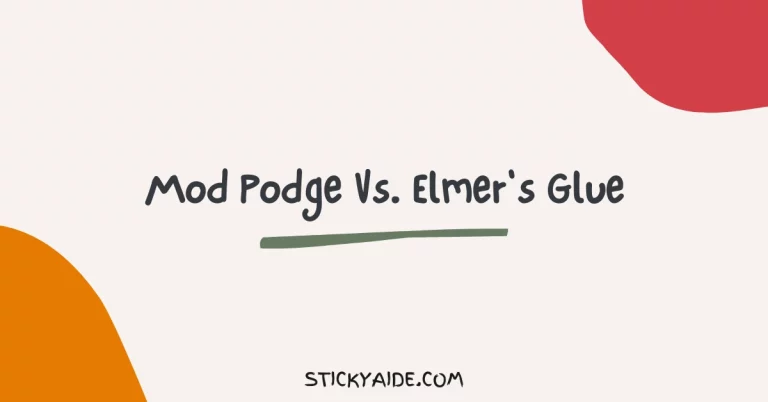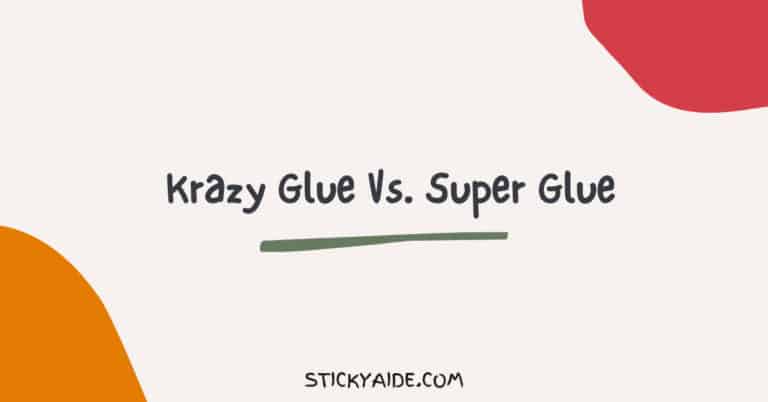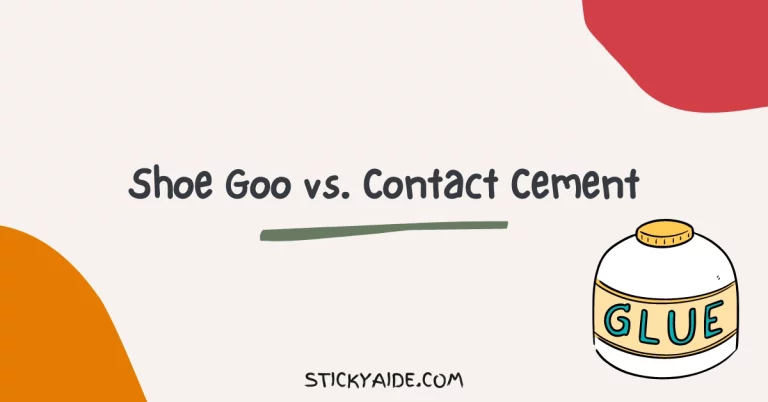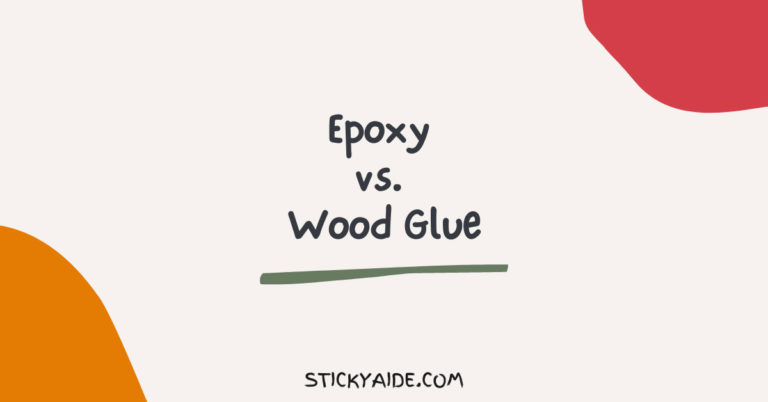Loctite manufactures various types of glue like – threadlockers, instant adhesives, and more. Loctite threadlockers are some of the best threadlockers you’ll get in the market, and there are many different options to pick from. Loctite has threadlockers for various sizes of threaded fasteners you have and offers them multiple strengths.
Depending on your specific needs and purposes, different colors of Loctite threadlockers suit you better than others. So, in the battle between Green Loctite vs. Blue, which one should you side with and why? I’ll review each of these threadlockers and how they differ.
Read More: Green Loctite vs. Red
Green Loctite vs. Blue
Overview of Green Loctite
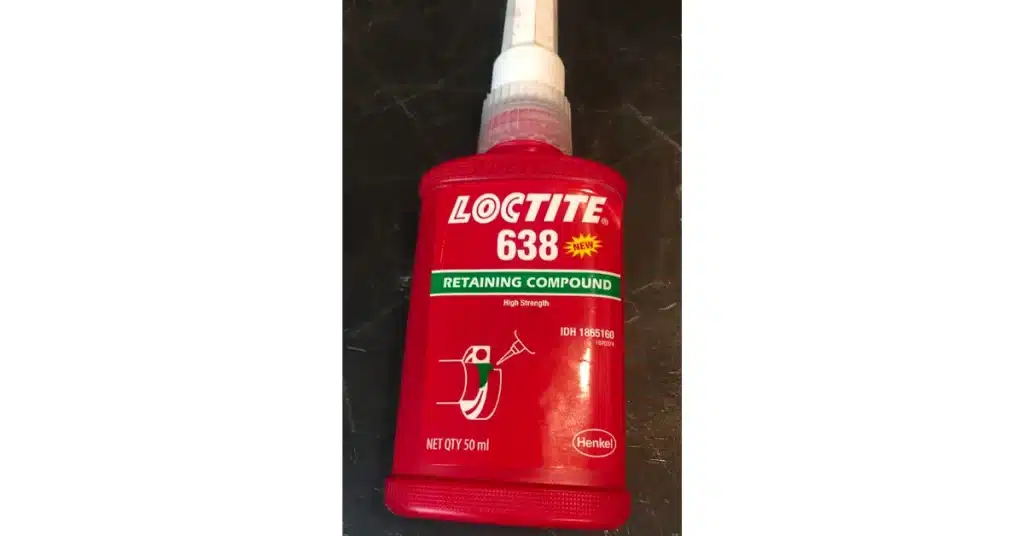
Loctite has threadlockers in 4 different colors, each indicating the glue’s strength and intended purposes. A few Green Loctite options are available, like Loctite 270, 290, and 294.
Green Loctite are typically a high-strength, wicking-grade adhesive, meaning you can use them for heavy-duty industrial or home purposes. You can use Green Loctite to secure bolts, nuts, and other threaded fasteners in heavy-duty applications with the risk of the threaded fasteners loosening or reducing the risk of leakage.
Once wholly cured, Green Loctite is resistant to vibration and shock and can withstand high temperatures. You can use Green Loctite for various electric, automobile, or other industrial purposes. Furthermore, Green Loctite is also resistant to typical contaminants, industrial oils, and other chemicals.
Loctite 270 is one of the famous Green Loctite. It has high strength and low viscosity, and you can use it to secure threaded fasteners in heavy-duty applications like pumps or gearboxes.
Green Loctite suits all metals and substrates like stainless steel or steel. Like the 270, most other Green Loctite have low viscosity and are very thin in composition. Since Green Loctite are wicking-grade adhesive, you can use them to fill porosity.
Green Loctite has an operating temperature ranging from -55°C to 150°C, and you can use them in components with a risk of exposure to high temperatures or freezing temperatures up to -55°C.
Overview of Blue Loctite
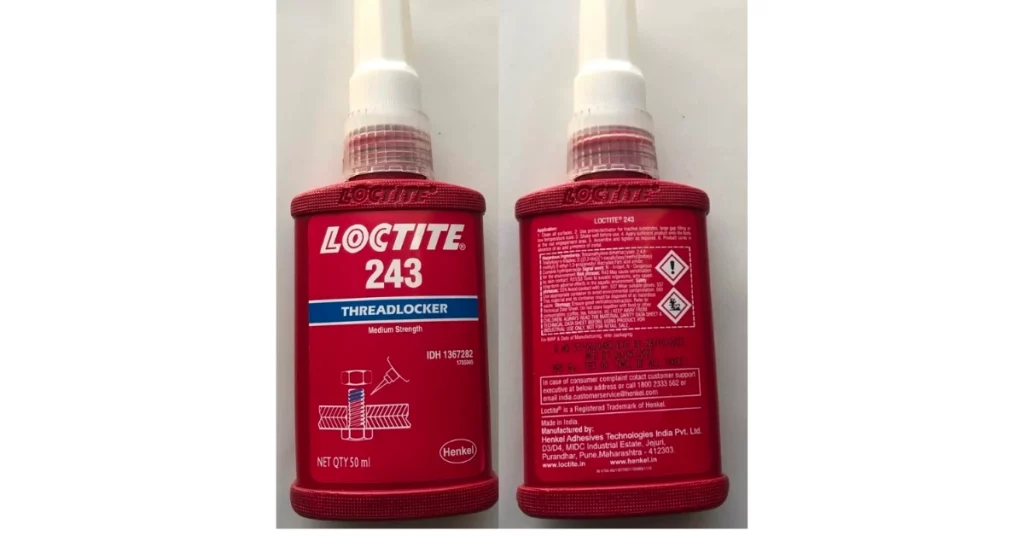
Blue Loctite is one of the four categories of Loctite threadlockers you can purchase and comes in medium strength. Some common Blue Loctite threadlockers are – Loctite 242, 243, and 248.
Blue Loctite has medium strength, and you can use them for components you might need to disassemble. You can disassemble the threaded fasteners you used Blue Loctite on using standard hand tools available around the house.
Blue Loctite suits all active metals and substrates like stainless steel or steel. Furthermore, Blue Loctite is resistant to shock and vibration. You can use Loctite Blue threadlocker to secure bolts or threaded fasteners in components with the risk of constant vibration or shock.
Furthermore, Blue Loctite can also withstand high temperatures and is resistant to common industrial oils, cutting/lubrication oils, and other contaminants. So you can use Blue Loctite for pumps, gearboxes and more.
Loctite 242 is one of the most popular Blue Loctite and has medium–strength and viscosity. The 242 has a swift fixture time, and you can use it for threaded fasteners up to M36 in size.
Read More: Loctite Blue vs. Red
Differences Between Green Loctite And Blue
Now let’s examine how Green Loctite and Blue Loctite differ.
Threadlocker Strength
Green Loctite are medium to high-strength threadlockers and can be used in heavy–duty applications. Green Loctite are wicking-grade adhesives, and you can use them for threaded fasteners which are already engaged without disassembling them first. Green Loctite is excellent for electrical components like electrical connectors or instrumentation screws. You can also use Green Loctite for automobile components like carburetors.
On the other hand, Blue Loctite are medium-strength threadlockers you use for components you might need to disassemble. Blue Loctite threadlockers have excellent performance and resist shock, vibration, and common contaminants. Blue Loctite are also tolerant to high-temperature and freezing temperatures.
Disassembly
Green Loctite has a permanent bond once it’s fully cured, and if you plan to disassemble your components later on, you will need the help of solvents and heat.
On the other hand, Blue Loctite has a rigid bond but can be removed using hand tools and applying torque if you plan to disassemble your components.
Viscosity
Most Green Loctite have low viscosity, meaning the composition of the glue is very thin.
On the other hand, Blue Loctite comes in various viscosity levels, some of which are thixotropic.
What is Green Loctite used for?
Green Loctite is a medium to high strength threadlocker adhesive used to secure and seal threaded fasteners like screws, bolts, and nuts. It prevents loosening, leakage, and corrosion, and is suitable for applications where wicking into assembled threads is needed. Proper application and surface cleaning are crucial for optimal results.
Is Green Loctite stronger?
Green Loctite is generally considered a medium to high strength threadlocker. However, Loctite comes in various colors, each with different strengths and properties. The strength of the specific Green Loctite product may vary compared to other colors, like Red (high strength) or Blue (medium strength). Always refer to the manufacturer’s guidelines for the specific Loctite product to determine the appropriate strength for your application.
Last Opinion
Green Loctite and Blue Loctite are excellent products suitable for different purposes. So, in the debate between Green Loctite vs. Blue, which one should you side with? It depends on your specific needs and objectives.
If you need a wicking-grade and durable threadlocker, go for Green Loctite. If you can work with a medium-strength adhesive and plan to disassemble your components later, go with Blue Loctite.

